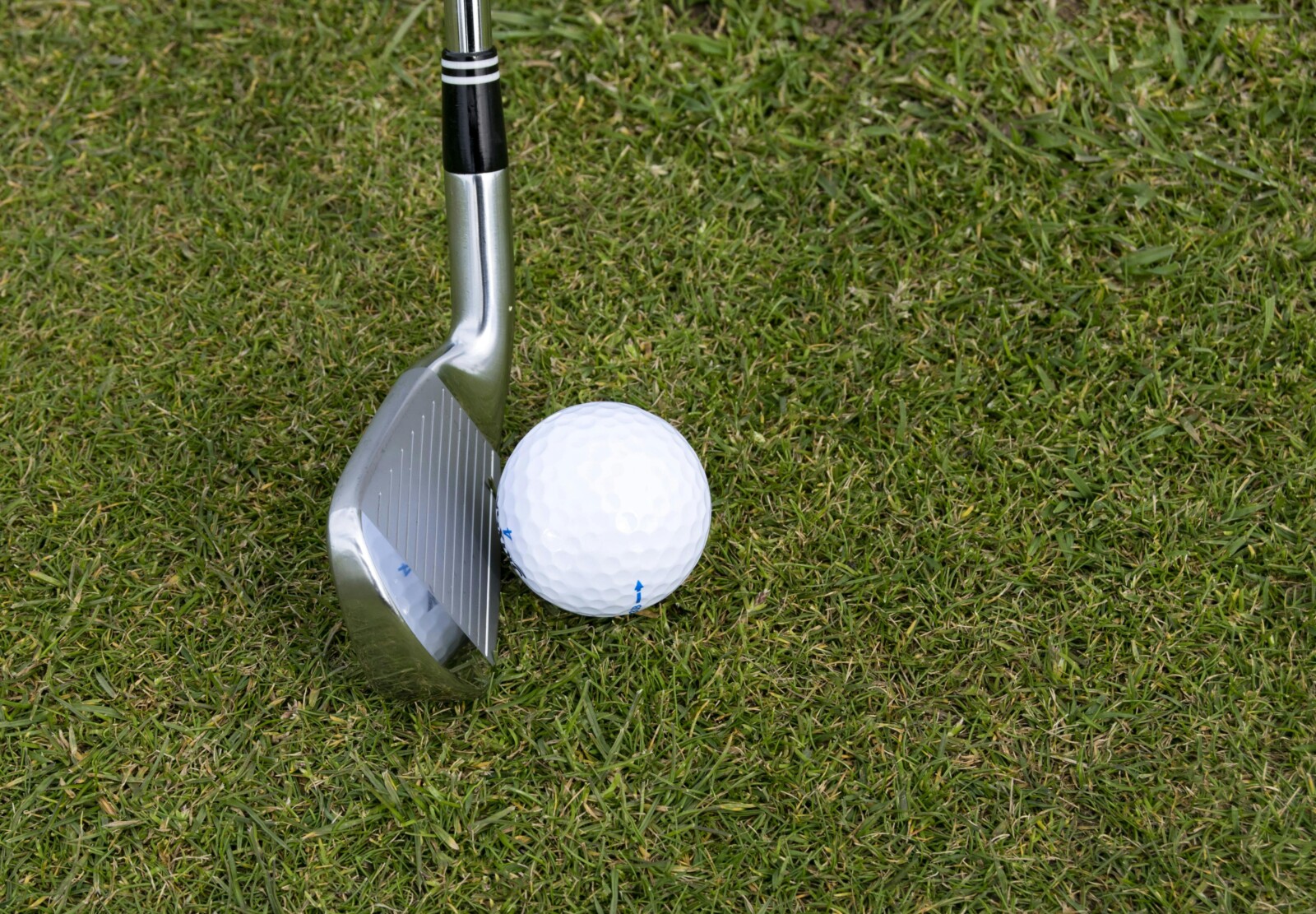If you want to win as a golfer, you must know how to choose the right golf club. You need to know that each of the golf clubs performs a different function than the others. Mastering when to use each one will improve your golfing ability. This guide can be of use in enlightening you on how to select specific clubs for certain instances on the field.
The Power of the Driver
If you bet on golf on this site or have played before, you’ll know about the driver. Golfers on the tee usually reach for the driver first for maximum distance on their opening shot. The driver club is in your bag and is designed to give you the most distance on your first shot. The driver is the longest club in your bag. It has the lowest loft angle, so it affects how high and far the ball goes.
Practical experience and expertise are essential when using a driver. You need to balance power and control properly. Most starters find using the driver difficult initially. You can go easy on yourself while trying to get used to this stick.
Fairway Woods: Versatility in Action
Fairway woods are useful in many situations on the golf course. You can use them from the fairway or when you have a good lie in the rough. Some golfers even use fairway woods instead of drivers on the tee.
These clubs offer a mix of distance and control. They’re easier to hit than drivers for many players. Fairway woods come in different numbers, like 3-wood, 5-wood, and 7-wood. The lower the number, the farther the ball will typically travel.
Knowing when to use a fairway wood can improve your game. They’re great for long shots when you need both distance and accuracy. With practice, you’ll learn which fairway wood works best for different situations.
Irons: Precision and Control
Irons are the workhorses of your golf bag. They’re used for a wide range of shots, especially as you get closer to the green. Irons offer more control than woods, helping you hit more accurate shots.
There are several types of irons, numbered from 2 to 9. The lower numbers are for longer shots, while higher numbers are for shorter, more precise shots. Most golfers find the middle irons (5, 6, 7) easiest to use.
Wedges: Masters of the Short Game
Wedges are special irons designed for short, high shots. They’re essential for your game around the green. There are several types of wedges, each with a different purpose.
The pitching wedge is the most common. It’s great for short approach shots to the green. Sand wedges help you get out of bunkers. Lob wedges let you hit very high, short shots over obstacles.
Using wedges effectively can really lower your scores. They help you get close to the hole when you’re near the green. Learning different wedge shots can make you a more versatile golfer.
The Putter: Finishing Strong
The putter is the most used club in your bag. It’s designed for rolling the ball into the hole on the green. Putters come in many shapes and sizes. Finding one that feels comfortable is important.
Good putting can save you many strokes in a round of golf. It’s not just about power. Reading the green and controlling your speed are key skills. Many golfers spend extra time practicing their putting.

